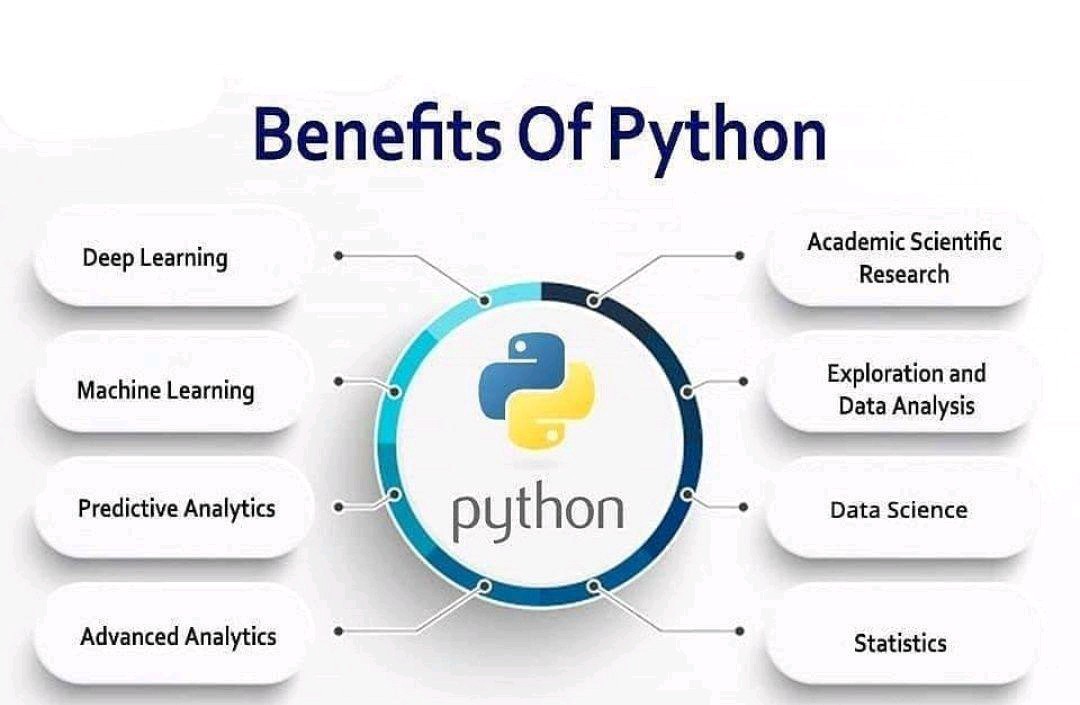
PYTHON
Python is a high-level, interpreted programming language known for its simplicity, readability, and versatility. It was created by Guido van Rossum and first released in 1991. Python has gained immense popularity among developers due to its ease of use, extensive libraries, and broad range of applications.
Key aspects of Python programming include: Syntax and Readability: Python's syntax is designed to be intuitive and readable, emphasizing code readability and reducing the complexity of code. It uses indentation and whitespace to define code blocks instead of traditional braces or keywords, which makes the code more visually appealing and easier to understand.
Versatility: Python is a general-purpose programming language, meaning it can be used for a wide range of applications. It supports various programming paradigms, including procedural, object-oriented, and functional programming styles. Python can be used for web development, data analysis, scientific computing, artificial intelligence, machine learning, automation, scripting, and more.
Extensive Standard Library and Third-Party Libraries: Python comes with a comprehensive standard library that provides a wide range of modules and functions for common tasks such as file I/O, networking, string manipulation, and more. Additionally, Python has a vast ecosystem of third-party libraries and frameworks, such as NumPy, Pandas, TensorFlow, Django, Flask, and many others, which extend its capabilities and make it suitable for specific domains and applications.
Dynamic Typing and Memory Management: Python is dynamically typed, meaning you don't need to explicitly declare variable types. Variables can dynamically change their types during runtime. Python also features automatic memory management through garbage collection, relieving developers from memory allocation and deallocation tasks.
“The joy of coding Python should be in seeing short, concise, readable classes that express a lot of action in a small amount of clear code -- not in reams of trivial code that bores the reader to death.”
— Guido van Rossum
Interpreted Language: Python is an interpreted language, which means that the code is executed line by line by the Python interpreter without the need for compilation. This allows for quick prototyping, interactive development, and easier debugging.

Community and Documentation: Python has a vibrant and supportive community of developers who actively contribute to its development and create open-source libraries and tools. The Python community is known for its extensive documentation, tutorials, and online resources, making it easier for beginners to get started and for experienced developers to find solutions and learn new techniques.


